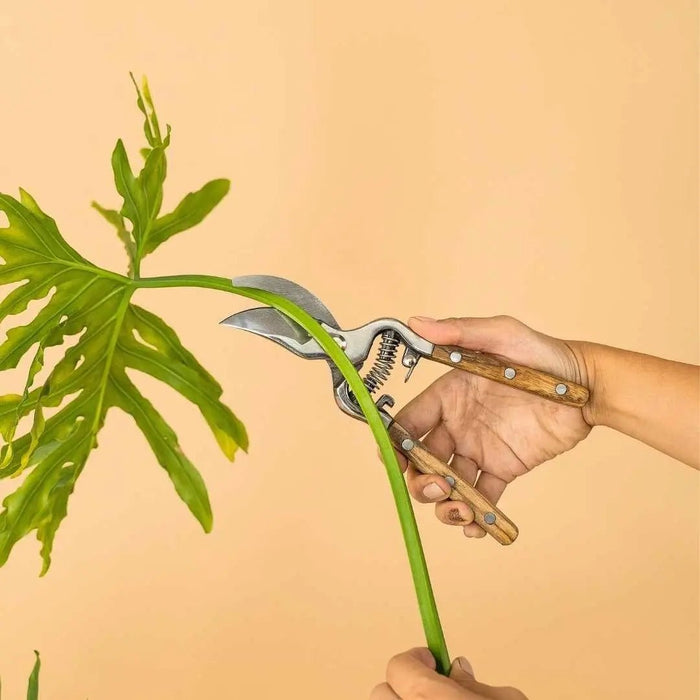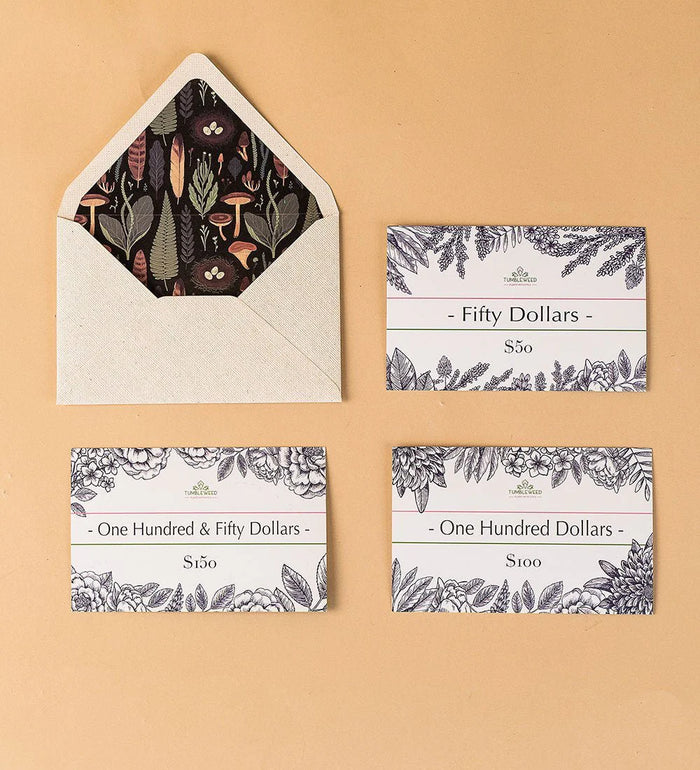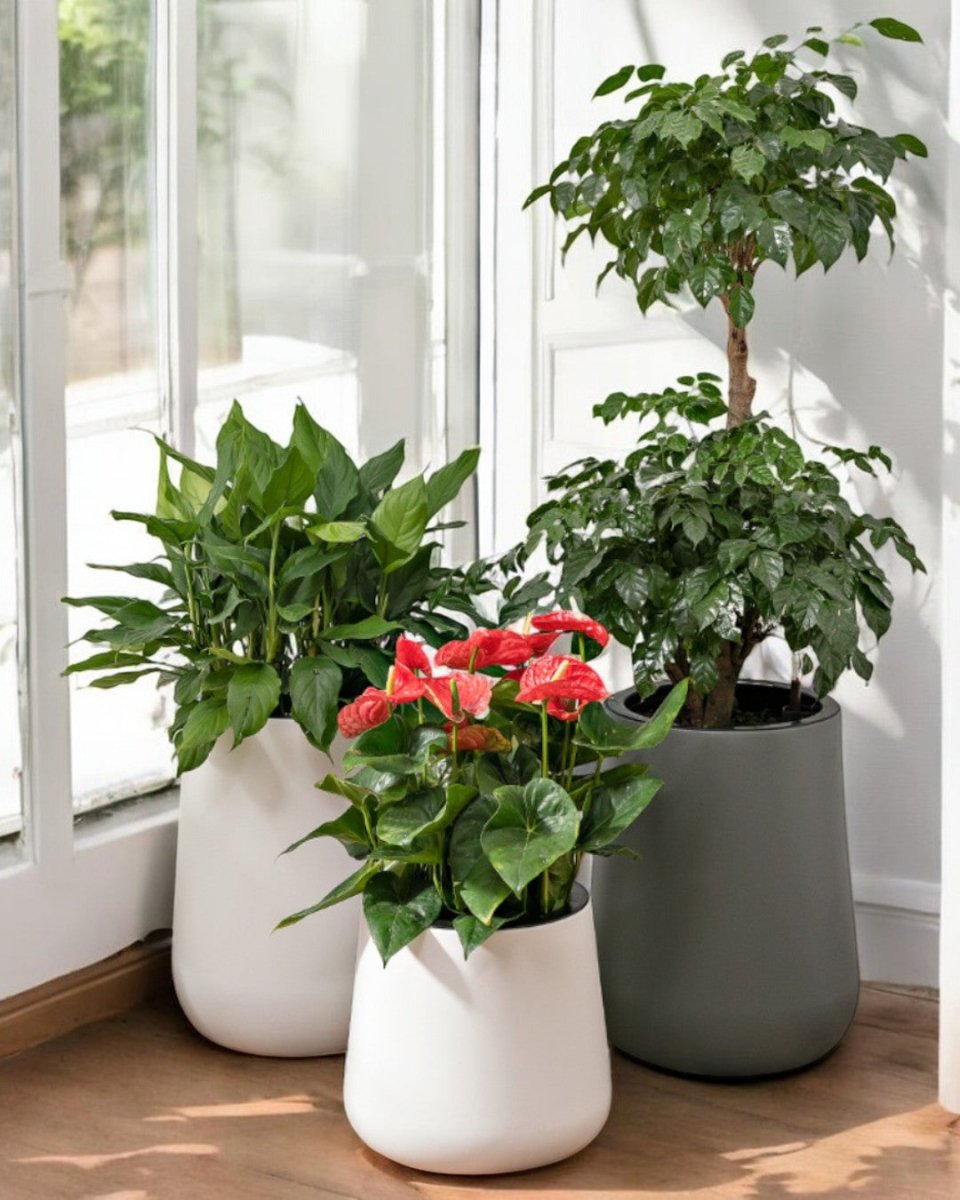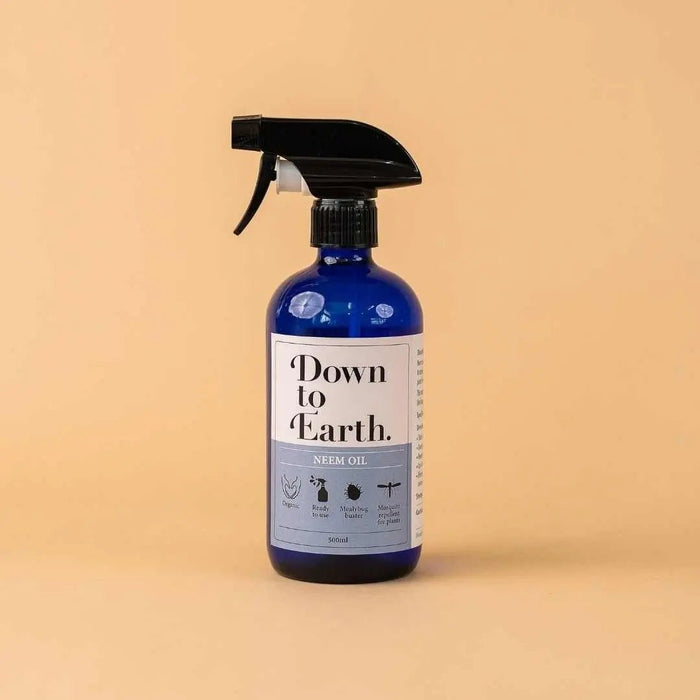Snake Plant Care 101: A Comprehensive Guide to Growing and Thriving with Sansevieria
Posted on March 05 2024
Snake plants, scientifically known as Sansevieria, are renowned for their resilience and air-purifying qualities, making them a popular choice for indoor plant enthusiasts worldwide. In this comprehensive guide, we'll delve into everything you need to know to cultivate and nurture these remarkable plants to thrive, especially in the unique climate of Singapore.

Introduction to Snake Plants
Snake plants, often referred to as mother-in-law's tongue or viper's bowstring hemp, are characterized by their striking upright leaves with variegated patterns. Originating from West Africa, they have adapted to various climates worldwide and are prized for their low maintenance requirements.
Benefits of Growing Snake Plants
Beyond their aesthetic appeal, snake plants offer numerous benefits to homeowners. They are known for their ability to purify indoor air by removing toxins such as formaldehyde, benzene, and xylene, thus promoting a healthier living environment. Additionally, their low water and light requirements make them ideal for busy individuals or those with minimal gardening experience.
Understanding Sansevieria Varieties
Common Varieties
Snake plants come in a variety of shapes, sizes, and colors, allowing for diverse options in indoor decor. Some popular varieties include Sansevieria trifasciata (commonly known as the mother-in-law's tongue), Sansevieria cylindrica (cylindrical snake plant), and Sansevieria moonshine (silver snake plant).
Rare Varieties
For avid collectors, rare varieties such as Sansevieria masoniana (whale fin snake plant) or Sansevieria bacularis (African spear plant) offer unique foliage and growth patterns, adding intrigue to any indoor garden.
Suitable Growing Conditions
To ensure optimal growth, snake plants require specific environmental conditions:
Light Requirements
Snake plants thrive in indirect sunlight but can tolerate low light conditions, making them suitable for both well-lit areas and spaces with limited natural light.
Temperature and Climate Considerations
In Singapore's tropical climate, snake plants flourish in temperatures between 20°C to 30°C (68°F to 86°F). They can withstand high humidity levels but prefer well-draining soil to prevent root rot.
Soil and Potting Requirements
Use a well-draining potting mix, such as a combination of potting soil and perlite or sand, to prevent waterlogged soil. Select pots with drainage holes to avoid water accumulation at the roots.
Watering and Humidity Needs
Snake plants are drought-tolerant and prefer to dry out between watering sessions. In Singapore's humid climate, water sparingly, allowing the soil to dry partially before watering again to prevent overwatering.
Fertilizing Guidelines
During the growing season in Singapore, fertilize snake plants monthly with a balanced liquid fertilizer diluted to half strength. Avoid fertilizing during the dormant winter months.
Propagation Techniques
Snake plants can be propagated easily through division or leaf cuttings. Simply separate offsets from the mother plant or root leaf cuttings in moist soil to encourage new growth.
Repotting and Maintenance
Repot snake plants every 2-3 years or when they outgrow their containers. Remove any dead or yellowing leaves regularly to maintain plant health and aesthetics.
Pest and Disease Management

Snake plants are generally resistant to pests, yet they may sometimes face challenges like spider mites or mealybugs. To address these issues effectively, it's crucial to promptly apply plant bug spray containing ingredients like insecticidal soap or neem oil to prevent the infestation from spreading.
Common Issues and Troubleshooting
Common problems include yellowing leaves due to overwatering, root rot from waterlogged soil, or stunted growth from inadequate light. Adjust watering and lighting conditions accordingly to address these issues.
Snake Plant Décor Ideas
Incorporate snake plants into your home decor by displaying them in stylish pots or planters, creating vertical gardens, or arranging them in mixed planters for added visual interest.
Incorporating Snake Plants into Interior Design
Utilize snake plants as focal points or statement pieces in various rooms, such as living areas, bedrooms, or home offices, to add a touch of greenery and enhance indoor air quality.
Conclusion
In conclusion, snake plants are versatile, low-maintenance houseplants that offer aesthetic appeal and numerous health benefits.
By following the guidelines outlined in this comprehensive care guide, you can cultivate thriving snake plants and enhance your indoor environment.
Ready to enhance your living environment with these resilient and visually captivating plants? Browse our snake plant collection now and bring home your perfect green companion today!









































































